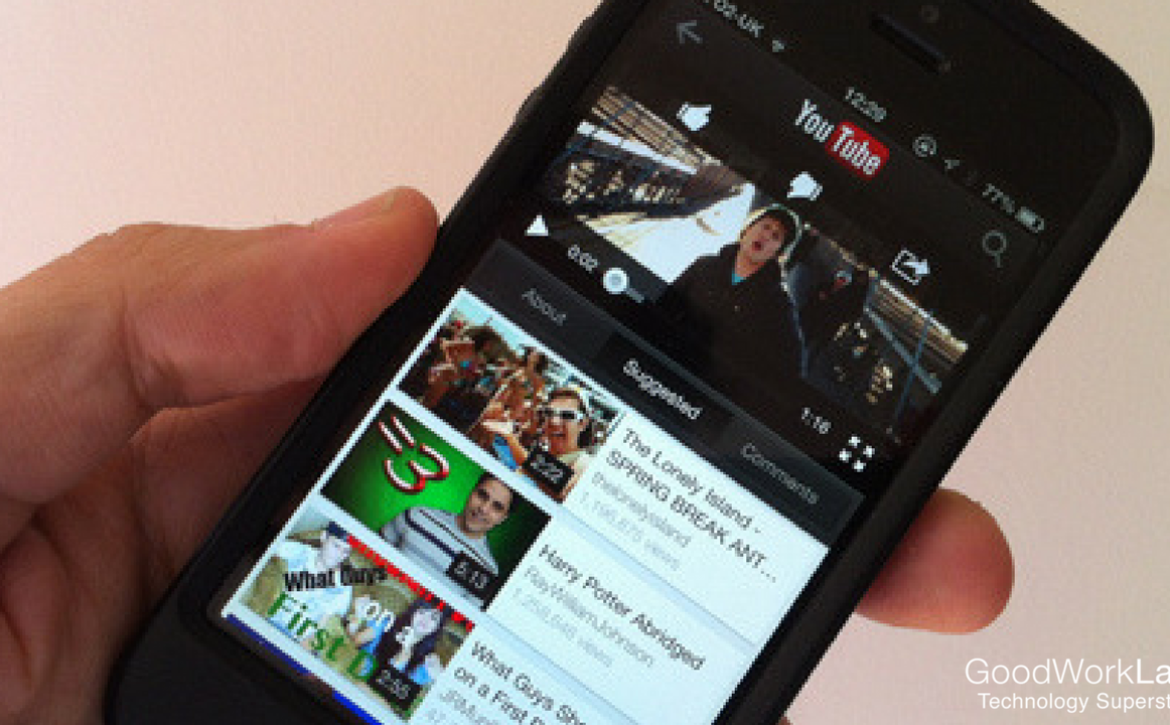Progressive Web Apps – Bringing Mobile Web Back
Progressing The Right Way
Irrespective of the platform, responsive and progressive mobile apps have always enjoyed immense popularity amongst users. The number of iOS app downloads for the year 2015 is around 25 billion. The amount exactly doubles to 50 billion in case of Android apps.
These statistics speak a lot about the immense significance of mobile web apps. It’s because of this popularity that numerous business owners and entrepreneurs make it a point to invest in enterprise app development.

Enter progressive mobile apps
With the ubiquitous presence of mobile applications, the biggest global search network, Google, has come up with a great proposal, keeping in mind the growing mobile users worldwide. Google has recommended a stronger ranking signal for progressive mobile apps that aligns with the mobile-first ethos of a growing number of organizations.
By leveraging browser capabilities and modern web, progressive apps aim to offer immersive experiences on web applications. In simple words, the term ‘progressive web apps’ represent technologies capable of bringing native application-like performance to web applications.
Essential browser features
Knowing the features of progressive mobile applications will help you understand their functioning. Browser makers will require adding some unique features for progressive apps. Some of these features include:
- Service workers: Independent scripts, running in backgrounds at browser side.
- Web-app manifest files: With the help of these files, developers can specify app attributes.
- Enhanced cache (offline): It maintains the state of apps in between visits.
These are some necessary changes that web browsers need to make for successful progressive web app development and functioning.
On that note, let’s check out some of the amazing features or highlights of progressive applications.
Tracking the difference
Progressive web apps mark the arrival of a new age in mobile app development. By ensuring an amazing and immersive experience for users, these apps redefine the way businesses can target customers, personalize their mobile browsing experience, and elevate overall user experience to an altogether new level. The following features are totally characteristic to progressive mobile apps and come across as its biggest USP:
- Progressive: Offers perfect functioning across browsers
- Responsive: Seamless operations across numerous platforms
- App-like experience: Users will have the opportunity to experience app-style navigation and use app integrations.
- Connectivity-independent: With these applications, users can also operate in poor connectivity.
- Secure: Operates only through HTTPS
- Installable: You can also install it on your home screen
- Discoverable: Search engines can identify them easily as applications.
- Linkable: Share your progressive web apps via a URL. No need to rely on app-store installations
Although the browser support for progressive web apps is not quite impressive currently, Chromium-based browsers such as Opera and Chrome are on the way to provide the necessary support. With Mozilla Firefox and Microsoft Edge developing their interface, it won’t be long before progressive web applications find a strong foothold in the tech arena.
Let’s not forget that Google Inbox and Flipkart have already joined the progressive web bandwagon. With such developments, the future of mobile web and progressive apps seems to be quite bright and impressive.



























